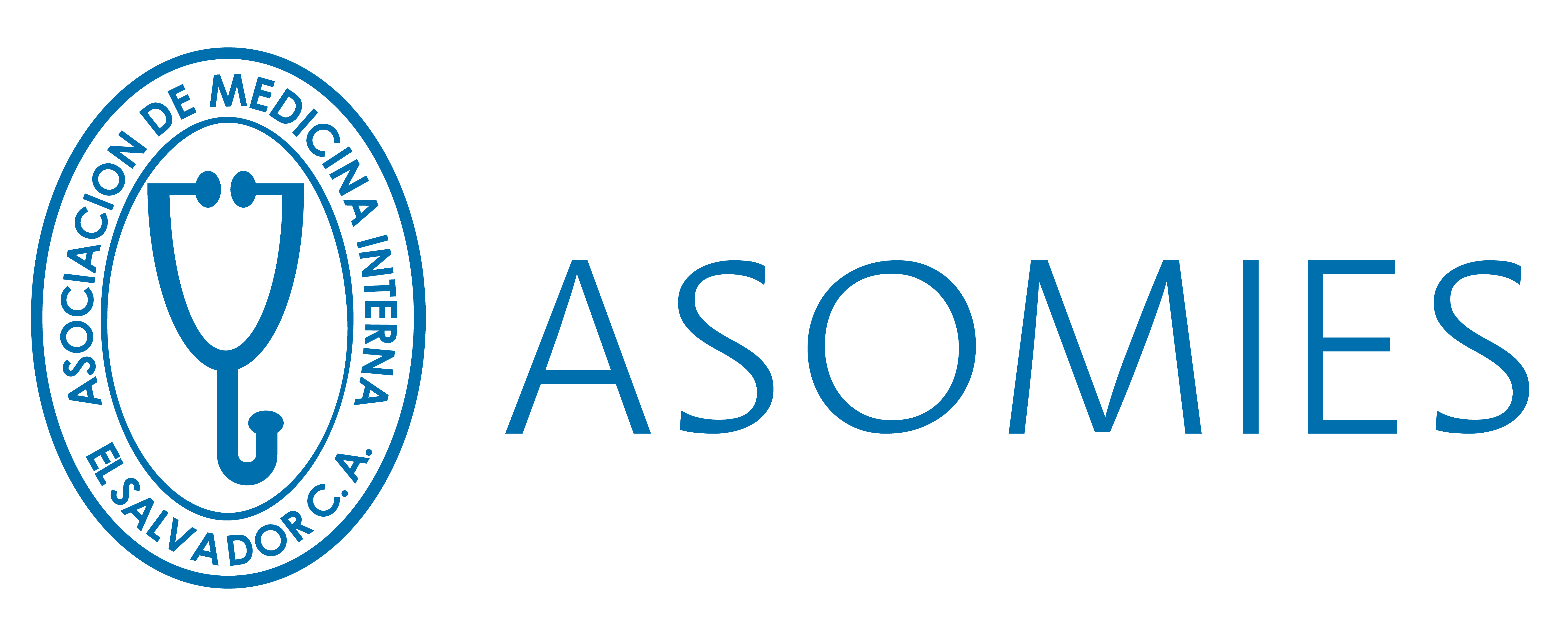Information sourced from BMJ:
BMJ 2016;353:i2338
[Free full-text BMJ article PDF]
Endgames
Spot Diagnosis
A man with altered mental status and metabolic acidosis
Abhishek Maiti, Avash Das
Correspondence to: A Maiti abhishek.maiti@uth.tmc.edu
A 52 year old man was brought to the emergency department for acute onset shortness of breath and confusion. On physical examination he was agitated and taking deep breaths at the rate of 28/min. Initial venous blood gas on ambient air showed pH 7.02, partial pressure of carbon dioxide 3.4 kPa, partial pressure of oxygen 4.1 kPa. Laboratory studies showed blood glucose 7.1 mmol/L (reference range 4.4-6.1), lactic acid 6.6 mmol/L (0.5-2.2), serum anion gap 19 mmol/L (8-16), serum osmolality 318 mmol/kg (275-295), serum osmolal gap 20 mmol/kg (<10), and acute kidney injury, with creatinine 141 µmol/L (70-120). Blood ethanol was undetectable. Urine drug screen was negative. Urinalysis showed haematuria and no ketones; fig 1 shows light microscopy of a urine sample from the patient. What is the diagnosis?
Fig 1 Urine sample under light microscopy
Answer
Ethylene glycol poisoning.
Discussion
A high anion gap metabolic acidosis with high serum osmolality in the absence of urine ketones or marked hyperglycaemia suggests poisoning with toxins such as ethylene glycol and methanol. In this setting, acute kidney injury with haematuria and urinary crystals is diagnostic of ethylene glycol poisoning.
Elongated crystals of calcium oxalate monohydrate were detected in the urine on light microscopy; these, and the envelope shaped crystals of calcium oxalate dihydrate, can be seen in the urine of patients with ethylene glycol poisoning.
Glycolic acid, a metabolite of ethylene glycol, can lead to a falsely raised blood lactate concentration on blood gas measurement.
Short term treatment includes fomepizole and haemodialysis.
Patient consent obtained.
[Free full-text BMJ article PDF]
Copyright © 2016 BMJ Publishing Group Ltd
The above message comes from BMJ, who is solely responsible for its content.
You have received this email because you requested follow-up information to an Epocrates DocAlert® message. For more information about Epocrates, please click here.
For questions, feedback, or suggestions regarding Epocrates DocAlert® messages, please contact the Medical Information Team at docalert@epocrates.com.
Publicado en Actividades Académicas, Actualización medica, actualizaciones, Casos Clínicos, Casos Interesantes, Neurologia, What’s this disease? |


